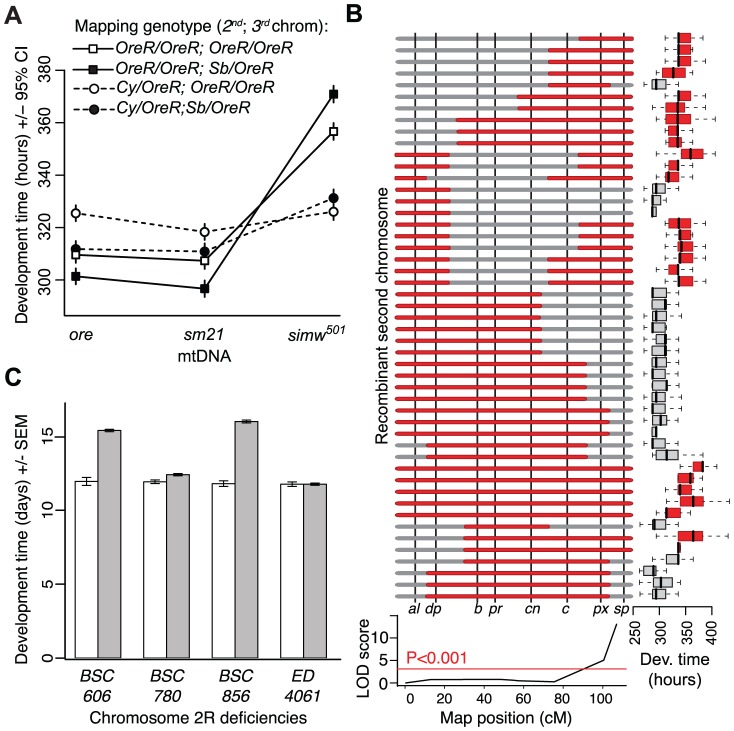Figure 4. Genetic mapping implicates an interaction between the mt-tRNATyr and its nuclear-encoded mt-TyrRS.
(A) Chromosome segregation mapping using dominant, visible markers on the second and third chromosomes (Cy and Sb, respectively) revealed that the developmental delay is caused by a largely recessive factor on the OreR second chromosome. Only flies homozygous for the OreR second chromosome (squares) have extended development time. (B) Meiotic mapping using visible markers on the second chromosome indicates that flies with the simw501 mtDNA that are homozygous for the OreR second chromosome (red) at the marker speck (sp) take significantly longer to develop than flies with the simw501 mtDNA that are heterozygous for OreR and the mapping chromosome allele at this marker (gray), resulting in a significant marker-trait association (LOD score). (C) Two overlapping chromosomal deficiencies (BSC606 and BSC856) at the tip of Chromosome arm 2R fail to complement the OreR nuclear factor and significantly extend development time when combined with the simw501 mtDNA (PANOVA<0.0001, both deficiencies). Two neighboring deficiencies (BSC780 and ED4061) complement the nuclear factor and restore development time to that of controls. Gray bars represent mean development time of (simw501);OreR individuals inheriting the deficiency chromosome and white bars are control siblings inheriting a compatible balancer chromosome. The effects of these deficiencies are independent of sex, require the simw501 mtDNA (Figure S2), and implicate Aatm, the only gene contained in both BSC606 and BSC856 with annotated mitochondrial function.

